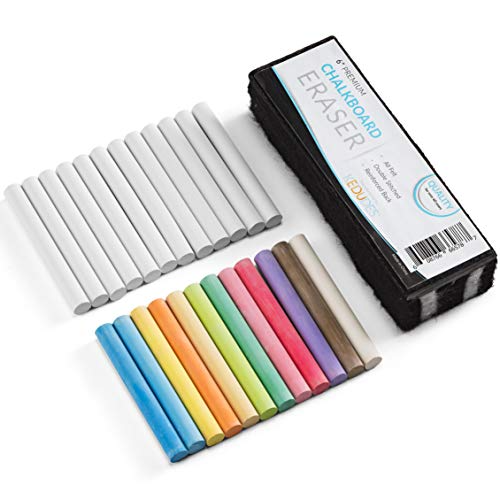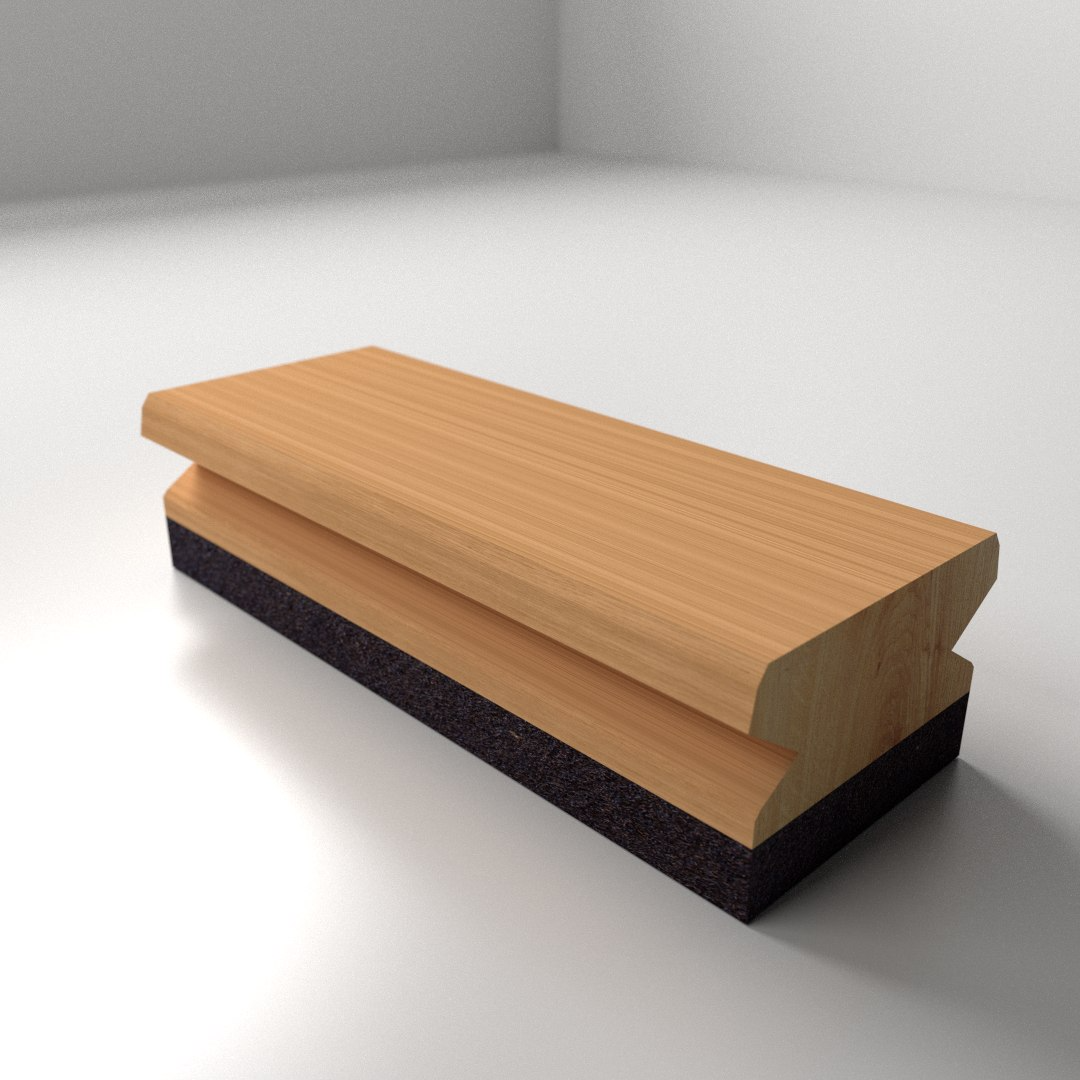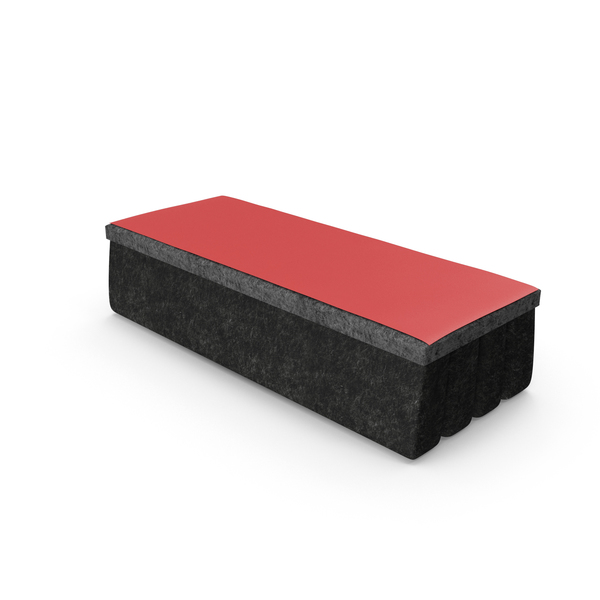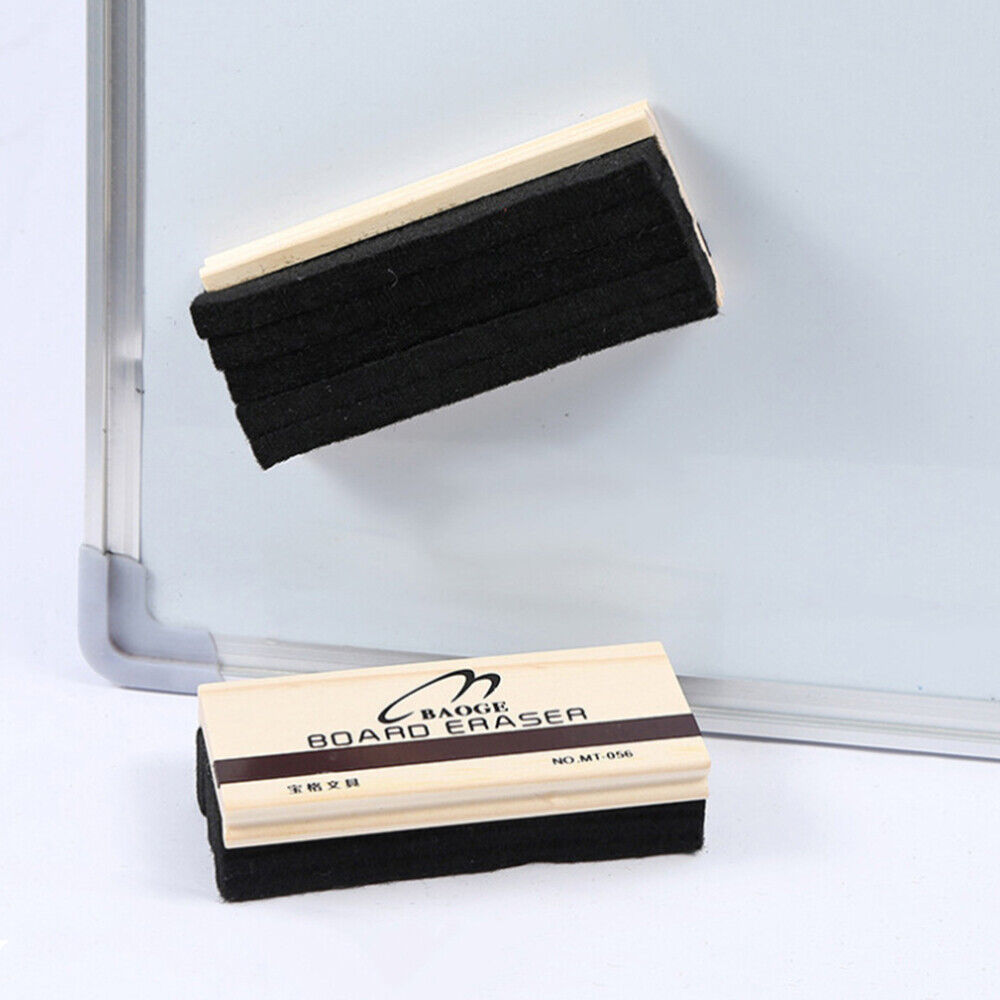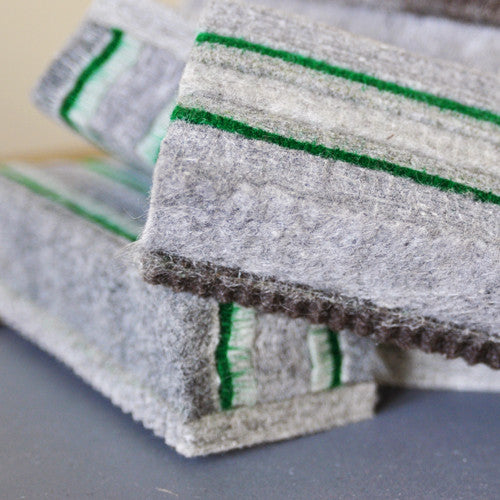Introduction
The humble chalk eraser has been a staple of classrooms and educational settings for centuries. Its simple yet essential function has played a significant role in the learning process, allowing teachers to convey knowledge and students to engage with the material. In this article, we will delve into the history, evolution, and modern significance of the chalk eraser, exploring its enduring relevance in education and beyond.
A Brief History
The use of chalk as a writing tool dates back to ancient times, with evidence of its use in various civilizations. As chalk gained popularity as a writing medium, the need for a tool to erase and correct mistakes became apparent. Early chalk erasers were often rudimentary, consisting of simple cloth or leather pads used to wipe away chalk markings from slate and other surfaces.
The Evolution of Chalk Erasers
The industrial revolution brought about significant advancements in manufacturing processes, leading to the mass production of chalk erasers. These erasers, typically made of felt or similar materials, revolutionized the classroom experience, providing a more efficient and effective means of erasing chalk markings.
Innovation and Modernization
With the advent of whiteboards and markers, the traditional chalk eraser faced competition from newer technologies. However, rather than fading into obsolescence, the chalk eraser adapted to the changing landscape of education. Modern chalk erasers feature improved designs and materials, catering to a diverse range of chalkboards and writing surfaces. Additionally, ergonomic considerations have led to the development of more user-friendly and durable chalk erasers.
The Role of the Chalk Eraser in Education
The chalk eraser plays a crucial role in education, serving as a fundamental tool for teachers and students alike. Its significance extends beyond its practical function of erasing chalk markings; it embodies a range of educational principles and values that contribute to the learning process. Here are some key aspects of the chalk eraser’s role in education:
Classroom Interaction and Engagement:
One of the primary roles of the chalk eraser is to facilitate classroom interaction and engagement. By allowing teachers to write and erase information on the chalkboard, the eraser enables dynamic and real-time communication with students. The tactile nature of using a chalk eraser promotes hands-on learning and encourages active participation in the classroom.
Mistakes and Learning Opportunities:
The act of erasing chalk markings with a chalk eraser symbolizes the importance of learning from mistakes. In an educational context, making errors is a natural part of the learning process, and the chalk eraser provides a tangible means of correcting and revising information. Students learn resilience, problem-solving, and critical thinking skills as they observe their teachers using the chalk eraser to make corrections and adjustments.
Visual and Spatial Learning:
Chalkboards, paired with chalk erasers, offer a visual and spatial learning experience that differs from digital presentations. The use of chalk allows for the creation of diagrams, illustrations, and equations in real-time, enhancing visual comprehension and spatial reasoning skills. The chalk eraser facilitates the fluid transition between different concepts on the chalkboard, promoting a dynamic and interactive learning environment.
Teacher-Student Interaction:
The chalk eraser fosters direct interaction between teachers and students during classroom instruction. Teachers can engage with students by writing and erasing information on the chalkboard, encouraging questions, discussions, and collaboration. The tactile feedback of using a chalk eraser adds a personal touch to the teaching process, creating a sense of connection and shared learning experience within the classroom.
Tradition and Heritage:
The use of chalk erasers in education carries a sense of tradition and heritage that spans generations. Many educators view the chalkboard and chalk eraser as symbols of classic teaching methods and school culture. Despite advancements in technology, the presence of chalk erasers in classrooms evokes nostalgia and a connection to the timeless practices of teaching and learning.
Cultural Significance and Symbolism
Beyond its practical utility, the chalk eraser holds symbolic value in the context of education. It embodies the concept of learning through trial and error, encouraging students to embrace mistakes as part of the learning journey. Furthermore, the act of erasing chalk markings can be seen as a metaphor for the continual refinement and revision of knowledge, emphasizing the iterative nature of learning and intellectual growth.
Challenges and Innovations
As educational technology continues to evolve, the chalk eraser faces new challenges and opportunities. Innovations such as magnetic erasers for chalkboards and environmentally friendly eraser materials reflect ongoing efforts to enhance the functionality and sustainability of this timeless tool. Additionally, the integration of digital features, such as eraser sensors for smart chalkboards, demonstrates a convergence of traditional and modern approaches to education.
The Future of the Chalk Eraser
The future of the chalk eraser is shaped by a balance between tradition and innovation, as educators seek to preserve the timeless aspects of chalkboard learning while integrating modern technologies and sustainability practices. Here are some key considerations regarding the future of the chalk eraser:
Integration of Digital Tools:
As classrooms adopt digital technologies and interactive whiteboards, the future of the chalk eraser may involve integration with digital tools. For example, smart chalkboards equipped with sensors could work in tandem with specialized digital erasers, enhancing the interactive features of traditional chalkboard learning. This fusion of analog and digital elements aims to provide a seamless and versatile educational experience for both teachers and students.
Sustainable Materials and Practices:
In response to environmental concerns, the future of the chalk eraser may prioritize sustainable materials and manufacturing practices. Educators and manufacturers are exploring eco-friendly alternatives to traditional eraser materials, such as biodegradable or recycled components. By promoting sustainability in eraser production and usage, the chalk eraser can align with broader efforts to reduce waste and minimize environmental impact in educational settings.
Ergonomic Design and User Experience:
Future iterations of the chalk eraser are likely to focus on ergonomic design and user experience enhancements. Improved grip, weight distribution, and durability features can make it more comfortable and efficient to use for teachers and students. Attention to ergonomic considerations aims to reduce strain and fatigue associated with prolonged chalkboard use, promoting a healthier and more enjoyable teaching and learning environment.
Customization and Personalization:
Innovations in chalk eraser design may include options for customization and personalization. Teachers and students could have the opportunity to choose erasers in various sizes, shapes, and colors to suit their preferences and teaching styles. Customized chalk erasers not only add a touch of individuality to the classroom but also cater to diverse learning needs and preferences, enhancing engagement and creativity.
Continued Relevance in Education:
Despite advancements in educational technology, it is likely to maintain its relevance in education due to its unique benefits and characteristics. The tactile feedback, visual clarity, and hands-on learning experience offered by chalkboards and chalk erasers continue to hold value in promoting active participation and comprehension among students. As educators recognize the importance of multisensory learning approaches, it remains an essential tool for fostering engagement and understanding in the classroom.
Conclusion
The chalk eraser, a seemingly simple tool, carries a rich history and profound significance within the realm of education. Its evolution, adaptability, and cultural symbolism underscore its enduring relevance in an ever-changing educational landscape. As we navigate the complexities of modern learning environments, it stands as a timeless symbol of the enduring principles of teaching and learning.
